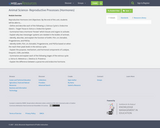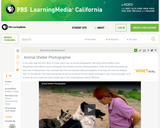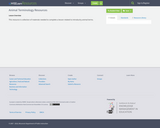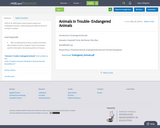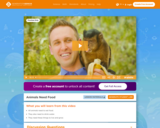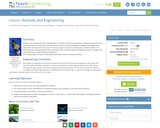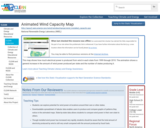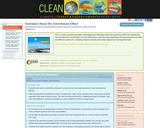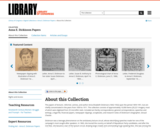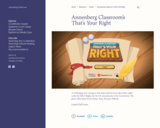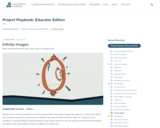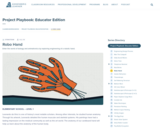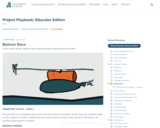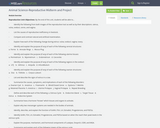
Reproduction Unit Objectives: By the end of this unit, students will be able to…- Identify the following from both images of the reproductive tract as well as by their descriptions: uterus, vulva, oviduct, cervix, and vagina. - List the causes of reproductive inefficiency in livestock.- Compare and contrast natural and artificial insemination.- Explain how each of the following change during estrus: vulva; oviduct; vagina; ovary.- Identify and explain the purpose (if any) of each of the following cervical structures: a. Fornix b. Annular Rings c. Mucus Plug - Identify and explain the purpose (if any) of each of the following uterine tissues:a. Perimetrium b. Myometrium c. Endometrium d. Caruncles- Identify and explain the purpose (if any) of each of the following regions in the oviduct: a. UTJ b. Isthmus c. Ampulla d. Infundibulum- Identify and explain the purpose (if any) of each of the following ovarian structures: a. Ova b. Follicles c. Corpus Luteum - List and describe the signs of estrus in a cow.- Summarize the causes, symptoms, and implications of each of the following disorders:a. Ovarian Cyst b. Anestrus c. Freemartin d. Blind/Closed Cervix e. Dystocia f. Metritisg. Retained Placenta h. Anestrus i. Uterine Prolapse j. Vaginal Prolapse k. Repeat Breeding- Define and describe each of the following: a. Estrous Cycle b. Endocrine Gland c. Target Tissue d. Estrus e. Endocrine System- Summarize how a hormone “knows” which tissues and organs to activate.- Explain why two messenger systems are needed in the bodies of animals.- Identify, describe, and explain the function of GnRH, FSH, LH, Estradiol, Progesterone, and PGF2α.- Identify GnRH, FSH, LH, Estradiol, Progesterone, and PGF2α based on when the reach their peak levels in the estrous cycle.- Explain the purpose, mechanism, and hormonal components of Lutalyse, Ovsynch, CIDR, and MGA.- Summarize and explain each of the following stages of the estrous cycle:a. Estrus b. Metestrus c. Diestrus d. Proestrus- Explain the difference between a paracrine and endocrine hormone.- Explain the difference between insemination and conception.- Identify the window of time in which a cow should be bred after calving.- Determine when it is appropriate to breed a cow by recognizing the signs of a cow in heat.- Summarize the function of each of the following heat detection aids: heat expectancy chart, mount detection aid, tailhead markings, heat detector animals, and pedometers.- Identify when insemination should occur based on when a cow is seen in heat.- Summarize the purpose, function, use, and limitations of the following pregnancy detection methods: rectal palpation, ultrasounds, and blood testing.- Compare and contrast the benefits and drawbacks of twinning in cattle.- Summarize and define each of the following terms: dry period, lactation, gestation, and mastitis.- Summarize the steps necessary to dry off a cow and prevent mastitis during or after the dry period.- Diagnose a case of mastitis based on its symptoms.- Diagnose whether or not a cow is about to calve based on her symptoms.- Summarize the signs of normal calving vs. abnormal calving and diagnose whether or not human intervention is necessary.- Summarize and explain the steps required to conduct a physical exam on a cow while she is calving.- List the situations in which human intervention during calving will always be necessary.- Explain the proper intervention methods during the following scenarios: upside down calf, backwards calf, calf with a head/leg bent backwards, calf that is positioned correctly but has not made any progress in at least 30 minutes.- Summarize how to manually dilate the cervix of a cow to aid in calving.- Demonstrate how to properly utilize and apply calving chains in order to assist with cases of dystocia.- Demonstrate how to properly care for the cow and the calf after calving in order to ensure maximal health and prevent disease and infection.
- Subject:
- Agriculture, Food and Natural Resources
- Material Type:
- Module
- Author:
- Jennifer Russell
- Date Added:
- 08/14/2018
